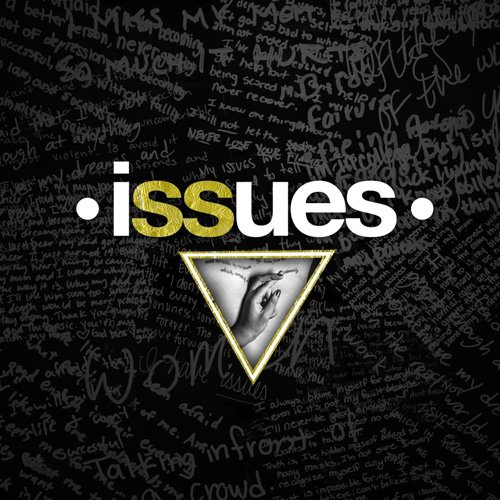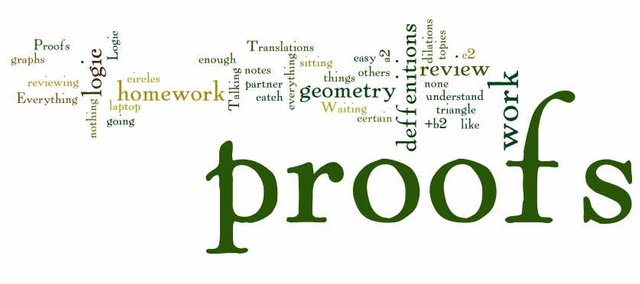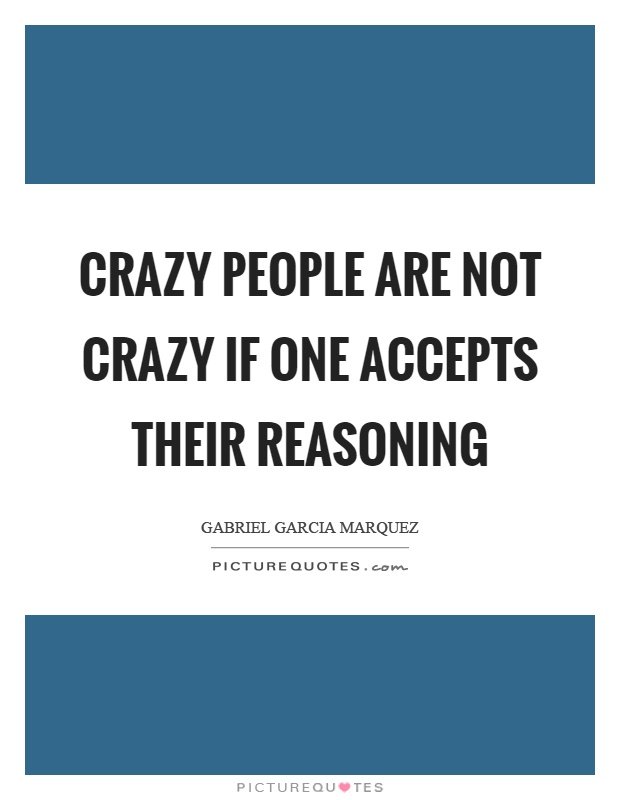Claims, Issues and Arguments As Part of A Good Reasoning
Claims, Issues and Arguments As Part of A Good Reasoning

Image Source
Each argument contains no less than one proposed conclusion in addition to at least one supporting reasons, called premises. In any case, in some entries it is difficult to tell whether an argument happens by any stretch of the imagination, nor what the premises and conclusion of an argument truly are, nor how different arguments in the entry are identified with that argument.
What is a Statement?
Statements are things that are said that are either true or false. They are also called claims. Here is one: "Neptune has the quickest breezes in the solar system." A statement that is particularly essential to us may be known as a proposition, assertion, judgment, hypothesis, principle, thesis, or, in some circumstances, a law. Statements must be fit for being true or false. So, in the event that you say, "Is it midnight?" at that point you've not created an impression.
Suggestions, commands, and proposals aren't statements either. The suggestion "I suggest we ought to get another icebox," and the command, "Remain back!" and the proposal, "How about we quit contemplating," are not statements. It would be extremely odd to call any of them "true" or "false." The accompanying are statements: "She suggested we ought to get another cooler," and "He commanded us to remain back," and "He recommended that we utilize the workplace spending plan to purchase another fridge."

Image Source
What is an Argument?
The word argument has more than one importance. It takes just a single person to have our sort of argument, not two. Saying that two individuals are in an argument implies that there are two arguments, not one, in our feeling of argument. Each of the two persons has his or her own argument. To put it plainly, our oath argument is a technical term with a more exact importance than it has in normal discussion.
Statements that fill in as reasons in an argument are also called premises. Nothing to do with the yard sign that says, "Keep off the premises." Any argument must have at least one premises. Also, it will have at least one inference steps taking you from the premises to the conclusion. The least difficult arguments have only one stage.
To see if an argument is available, you have to utilize your analyst aptitudes. Ask yourself whether the speaker gave any reason for saying information disclosed. On the off chance that you find an attractive solution to your own inquiry, at that point you most likely have identified an argument, and you've revealed its conclusion and premises. In distinguishing an argument, your principle objective is to find the conclusion, at that point the reasons given for that conclusion, while mentally erasing the various sentences and phrases that are not some portion of the argument.
For any conclusion, the premises utilized specifically to help it are called its fundamental premises. In a more entangled argument, there might be reasons for the reasons, et cetera. In any case, these reasons for the reasons are not some portion of the center. The center of the argument is the conclusion in addition to its fundamental premises. Each argument needs to begin somewhere, so it is not a decent feedback of an argument to gripe that every one of its premises have not been contended for.

Image Source
What is the Issue?
We contend keeping in mind the end goal to settle issues. Issues emerge when there is vulnerability about whether to acknowledge or dismiss a claim, or about what to do or not do. For instance, someone contends for the claim that you should stop eating strawberry yogurt because it causes growth, and you ponder whether it truly causes disease. You are pondering about the accompanying issue, in the case of eating strawberry yogurt causes malignancy. It's normal to express an issue by utilizing "whether" to demonstrate the vulnerability included. You would prefer not to express the issue by taking only one side of the issue.
At the point when two individuals are in an argument, they are partitioned on the issue. The metaphor is that they are on inverse sides of the fence. A second, normal method for communicating an issue is to show it as an inquiry: Will eating strawberry yogurt cause growth? The inquiry also draws out the vulnerability and doesn't take a side. It would be an error to state the issue is that eating strawberry yogurt causes disease.
That method for introduce the issue obliterates the vulnerability and exhibits just a single side of the issue. The issue is not the same as the topic. The topic is nourishment and wellbeing. Topics are more broad than issues; issues are more particular than topics. When you discover an argument, the issue is whether the argument's conclusion is right.

Image Source
What is a Proof?
Individuals regularly contend keeping in mind the end goal to demonstrate something. Yet, that word "proof" is a dubious word. There are diverse standards of proof in various circumstances. You need to meet a higher standard on the off chance that you are demonstrating another hypothesis in arithmetic than if you are demonstrating to your neighbor that you saw a similar film he did a week ago. Essentially, however, a proof is a persuading argument, an argument that ought to persuade your gathering of people, not just an argument that convinces them.
Detecting an argument and surveying whether the argument is any great are two particular capacities. You don't go searching for arguments without also assessing them. In any case, before you can assess an argument, you need to distinguish it. Recognizing arguments can be troublesome sometimes, however there are pieces of information to search for. The begin of a conclusion is frequently shown by the word therefore, so, or thus.
Notwithstanding these conclusion indicators, the terms because and suppose, signals that a reason is coming. Since the technical term for reasons is premises, the terms because and suppose, are called premise indicators. The logical reasoner is dependably on the caution for premise indicators and conclusion indicators. Frequently, nonetheless, arguers are not all that accommodating, and we perusers and audience members need to perceive an argument without the assistance of any indicator terms. Also, notwithstanding when we have indicator terms, we can't fully depend on it.
When searching for an argument inside an entry, you should be ready that sometimes the conclusion is expressed before the premises, sometimes after the premises, and sometimes implanted amidst the premises. Regularly, sentences are incorporated that are neither premises nor conclusions, they are there for elaboration or for some other reason, for example, to engage, to portray, to clarify, and to rebate a conceivable protest.

Image Source

That was a great, detailed insight on some very common terminologies from our daily lives that get easily confused :O
Thanks for sharing , your post is amazing
Upvoted !
By the way ,I started following you and I would appreciate your follow back too .
please visit my blog and vote me too
Great post. It always frustrates me when people perceive the word 'argument' to mean a violent verbal discourse.
It could be a healthy argument or the opposite.
thank you for all my friends. this post is very good and useful.
Thanks
You are welcome 😊